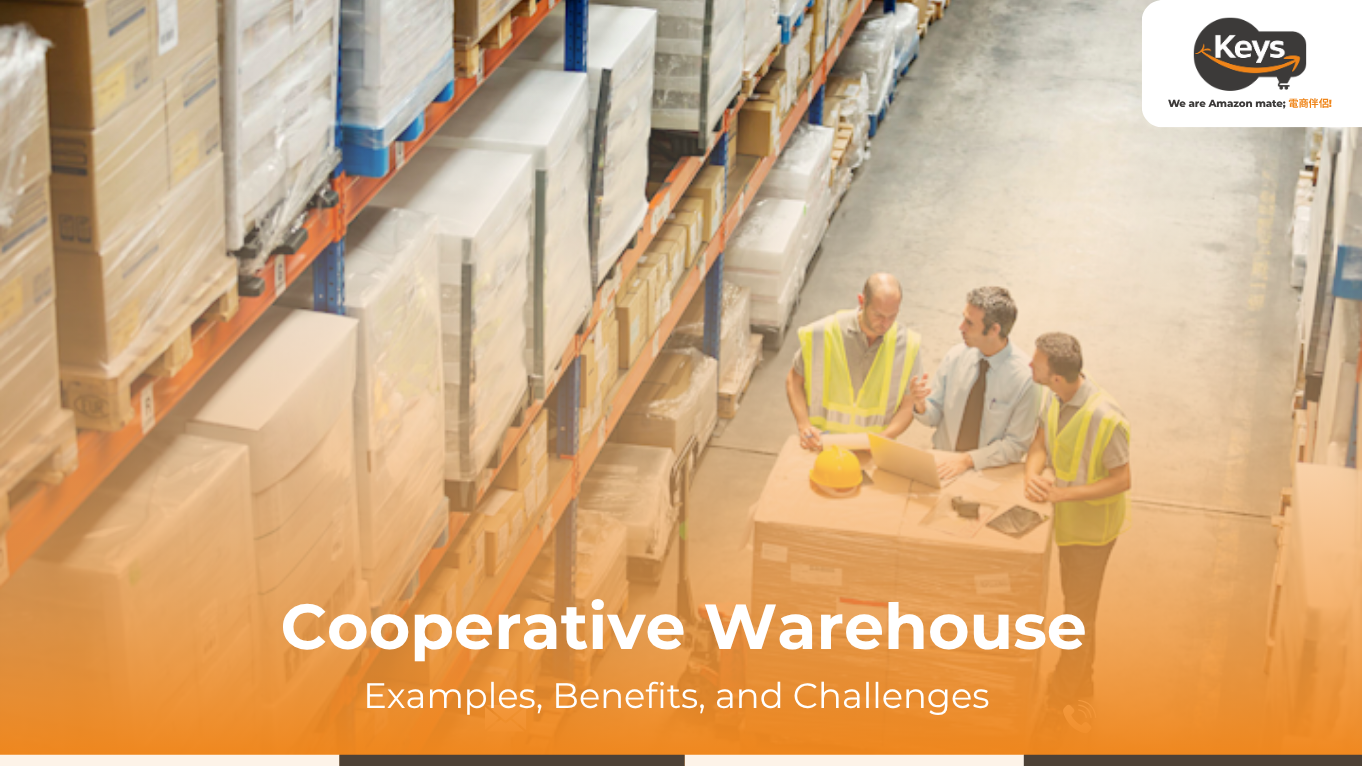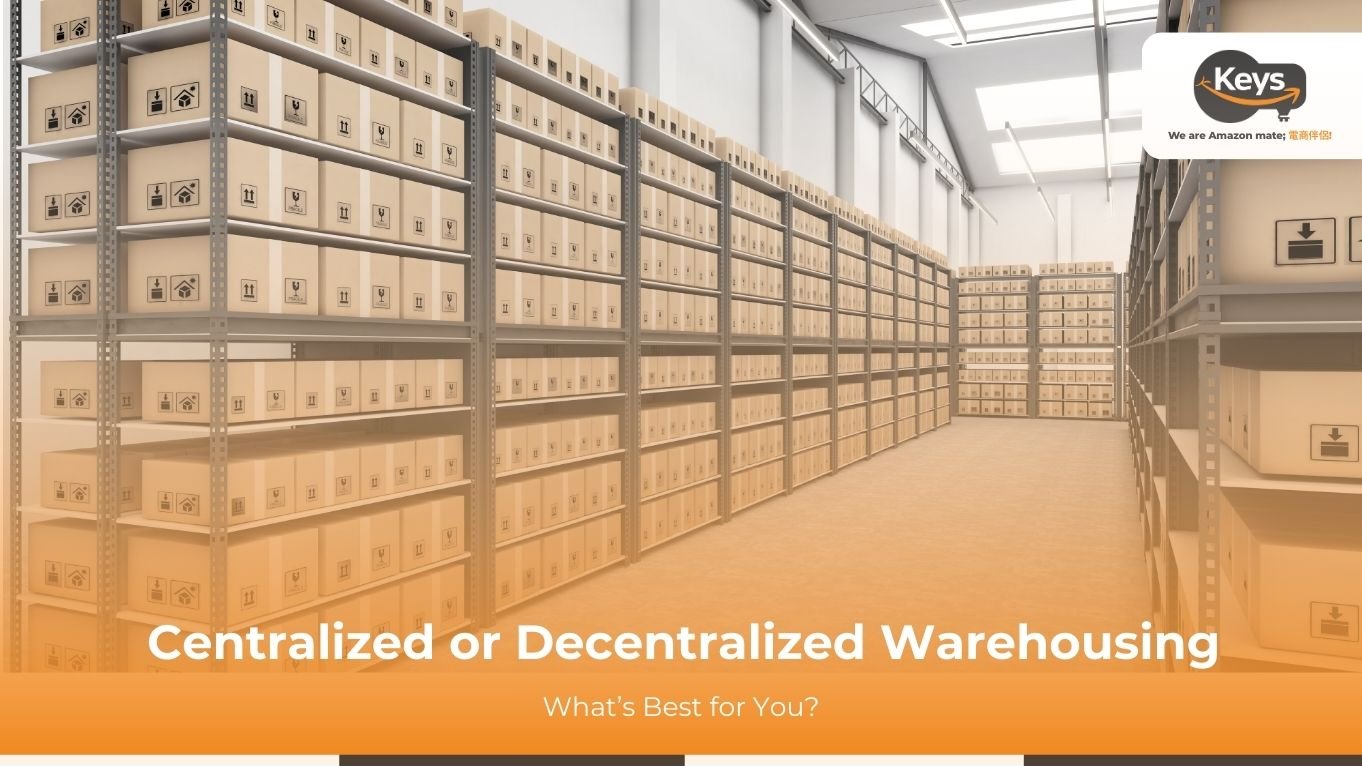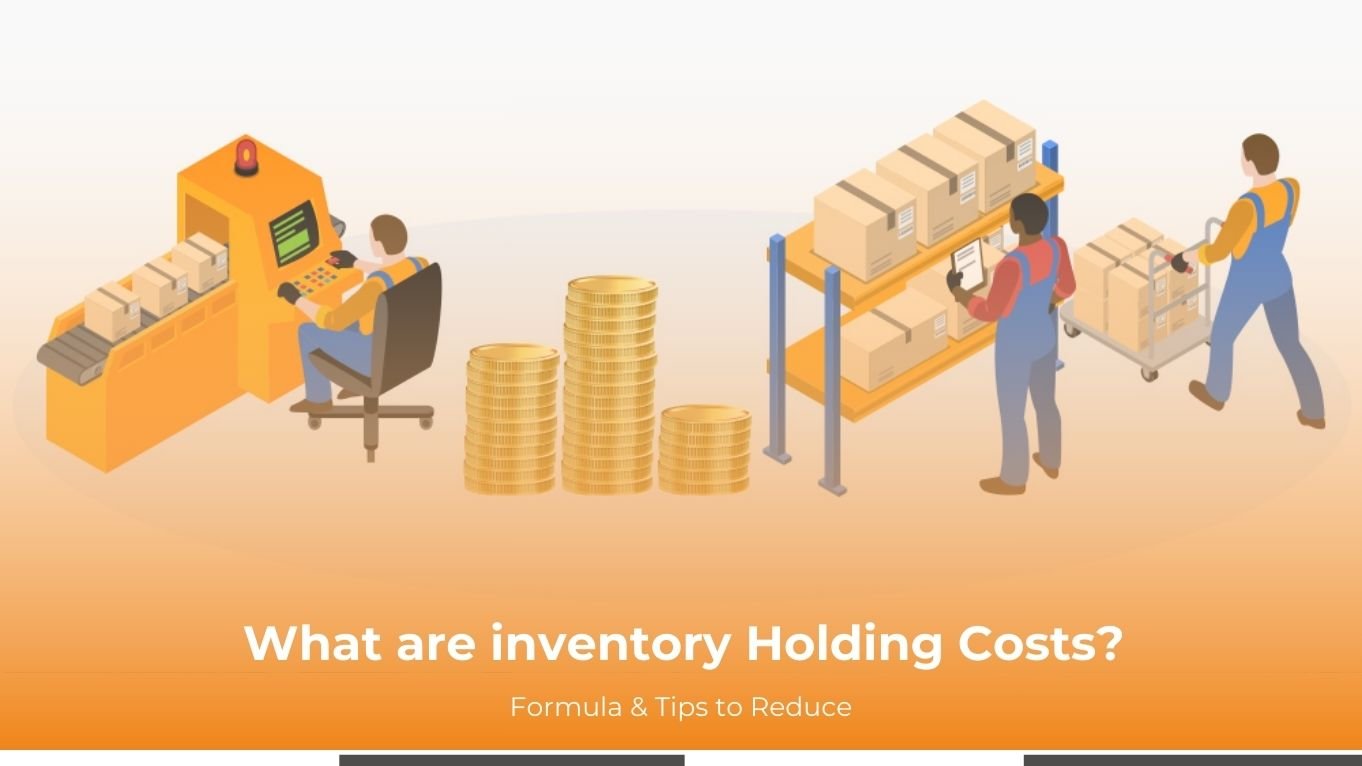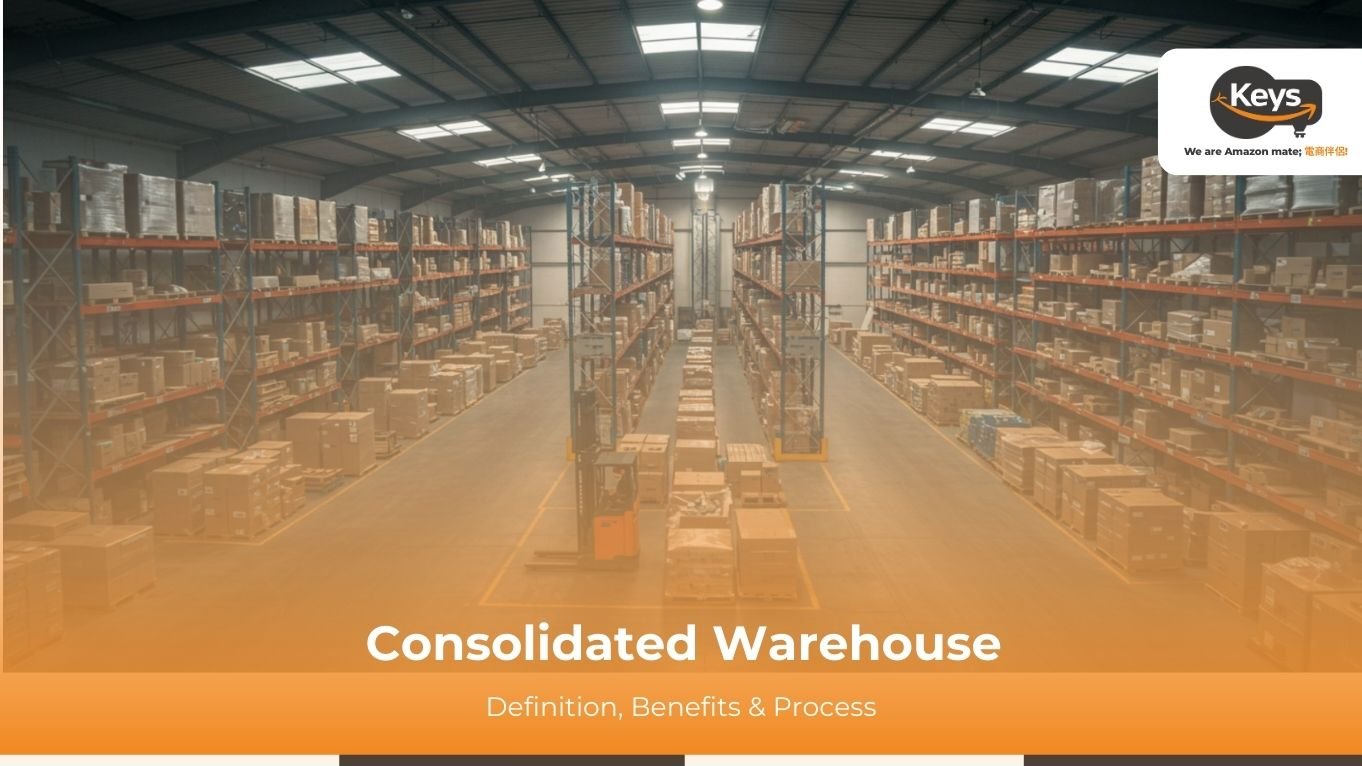Cooperative warehouses are reshaping the logistics landscape by promoting shared ownership and collaborative supply chain management. Designed to serve the collective interests of their members, these facilities offer cost-effective and socially responsible storage solutions. Unlike traditional models, cooperative warehouses emphasize transparency, sustainability, and democratic decision-making. In this guide, we’ll explore how they work, their benefits, and key considerations for businesses exploring this model.
What Is Cooperative Warehouse?
Cooperative warehouse is storage and distribution facilities jointly owned and managed by a group of businesses or individuals with shared logistics needs. These warehouses operate on a cooperative model, meaning members contribute to operational decisions, share costs, and benefit collectively from the services provided. Unlike public warehouses run for profit, cooperative warehouses are established to lower expenses and improve supply chain efficiency for their members.
This model is especially beneficial for small to medium-sized enterprises (SMEs), agricultural producers, or regional retailers who require access to warehousing but may lack the resources for private facilities. By pooling resources, members of cooperative warehouses gain access to professional storage, handling, and fulfillment services while maintaining control and reducing individual overhead.

How Do Cooperative Warehouses Differ from Public Warehouse?
Cooperative warehouses differ from public warehouses primarily in ownership, governance, and purpose. While public warehouses are run by third-party logistics providers offering storage and fulfillment services for profit to any business, cooperative warehouses are jointly owned and operated by a group of member organizations or individuals with similar logistics needs. This shared-ownership model allows members of cooperative warehouses to participate in decision-making and collectively benefit from reduced costs and operational transparency.
In contrast, public warehouses operate under standardized service terms and pricing structures without offering clients a say in management. Additionally, cooperative warehouses prioritize member interests – often emphasizing community development and long-term sustainability – whereas public warehouses focus on commercial efficiency and profitability. This makes cooperative warehouses ideal for smaller businesses or cooperatives seeking more control, cost savings, and shared value in their supply chain operations.
Key Advantages of Cooperative Warehousing
Cooperative warehouses offer a unique model that benefits their members through shared resources and collaborative efforts. This approach not only enhances operational efficiency but also fosters a sense of community among businesses. Here are some key advantages of cooperative warehousing:
Cost Efficiency for Members
One of the most significant benefits of cooperative warehouses is cost efficiency. By pooling resources, members can reduce individual expenses related to storage, utilities, and labor. This collective approach allows businesses to access high-quality warehousing solutions at a fraction of the cost they would incur if operating independently.
Democratic Governance and Shared Ownership
Cooperative warehouses operate on a democratic governance model, where each member has an equal say in decision-making processes. This shared ownership structure ensures that all voices are heard, fostering a sense of community and collaboration. Members can influence how the warehouse is managed and operated, aligning it with their collective needs and goals.

Access to a Broad Range of Services
Members of cooperative warehouses benefit from a wide array of services that may include inventory management, logistics support, and specialized handling. These services are often tailored to meet the specific needs of the members, enhancing their operational capabilities and allowing them to focus on their core business activities.
Strong Community and Networking Opportunities
Cooperative warehouses create a strong sense of community among their members. By working together, businesses can share knowledge, resources, and best practices, leading to improved operational efficiencies. Networking opportunities within the cooperative can also foster partnerships and collaborations that benefit all members.

Scalable Solutions for Growing Businesses
Cooperative warehouses provide scalable solutions that can adapt to the changing needs of growing businesses. As members expand, they can easily adjust their storage requirements without the burden of significant capital investment. This flexibility allows businesses to respond quickly to market demands and growth opportunities.
Focus on Sustainability and Social Impact
Many cooperative warehouses prioritize sustainability and social responsibility. By operating collectively, they can implement environmentally friendly practices and support local communities. This focus on sustainability not only benefits the environment but also enhances the reputation of the member businesses, appealing to socially conscious consumers.

Potential Drawbacks of Cooperative Warehouses
Understanding these potential challenges can help companies make informed decisions about their warehousing strategies:
Limited Flexibility and Mobility
One of the main drawbacks of cooperative warehouses is their limited flexibility and mobility. Since these warehouses are often designed to meet the collective needs of multiple members, adapting to individual business requirements can be challenging. This lack of customization may hinder a company’s ability to respond quickly to market changes or specific operational needs.
Slower Decision-Making Processes
Cooperative warehouses typically involve a democratic governance structure, which can lead to slower decision-making processes. With multiple stakeholders needing to agree on operational changes or investments, reaching a consensus can take time. This delay may impact the warehouse’s ability to implement necessary adjustments swiftly, potentially affecting overall efficiency.

Not Suitable for All Business Models
Cooperative warehouses may not be suitable for every business model. Companies that require high levels of customization, rapid scalability, or specific operational protocols may find the cooperative model restrictive. Businesses with unique needs might struggle to align their operations with the collective approach of a cooperative warehouse.
Risk of Operational or Governance Failures
There is also a risk of operational or governance failures within cooperative warehouses. The reliance on shared management can lead to conflicts or misalignment among members, which may result in inefficiencies or poor service quality. Additionally, if one member faces financial difficulties, it could impact the entire cooperative, creating vulnerabilities for all involved.
Why Choose Keys Logistics for Scalable, Shared Overseas Warehousing Solutions?
While Keys Logistics does not offer traditional cooperative warehousing in the form of member-owned facilities, we deliver a powerful alternative through our overseas warehousing services—designed for businesses looking to scale globally with shared infrastructure, reduced costs, and operational efficiency.
Our overseas warehousing model enables multiple clients to leverage the same logistics backbone—similar in spirit to cooperative warehousing, but with added benefits of professional third-party management, cutting-edge technology, and global reach.
What Sets Keys Logistics Apart in Shared Warehousing?
- Shared infrastructure, optimized costs: Through our strategically located warehouses in the US, UK, and Germany, Keys Logistics allows clients to share warehousing resources and fulfillment operations. This significantly lowers the barrier to entry for small and mid-sized businesses aiming to expand into overseas markets—without the heavy upfront investment of building or managing their own warehouses.
- Operational transparency and client-centric service: Although not a cooperative, our overseas warehousing model provides clients with full visibility and control over their inventory and order flows. Our service approach is grounded in open communication, performance accountability, and long-term partnership.
- Technology-driven logistics: From real-time inventory tracking to smart order routing, we empower clients with enterprise-level technology to streamline their global supply chain—delivering the speed and precision needed for today’s e-commerce and retail environments.
- Global presence with localized support: Our warehouses are positioned in key international trade hubs, allowing your brand to reach customers faster, more cost-effectively, and with localized handling—improving delivery times and customer satisfaction.
- Sustainability and 24/7 reliability: We integrate eco-conscious practices across our operations and provide around-the-clock support, ensuring your business can run smoothly, no matter the time zone.
As supply chains evolve, cooperative warehouses offer a compelling solution for businesses seeking cost-effective, community-oriented logistics models. While they may not suit every operation, their advantages in shared governance, scalability, and sustainability make them ideal for values-driven organizations and growing enterprises. By understanding both the benefits and limitations, companies can make informed decisions about integrating cooperative warehousing into their logistics strategy.












 Tiếng Việt
Tiếng Việt 中文 (中国)
中文 (中国)

